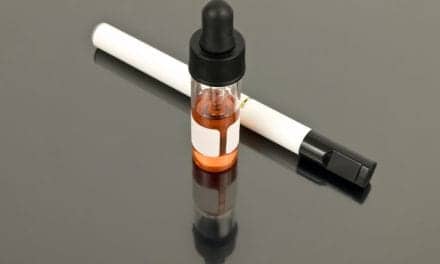The US Food and Drug Administration (FDA) released two separate draft guidance documents last week that provide the public with previously unknown information about the chemicals in tobacco products and help prevent misleading marketing about the risks associated with tobacco products.
The first document provides guidance on how companies will comply with the requirement to report the quantities of potentially harmful chemicals in tobacco products. The second document provides guidance to companies that seek to advertise or market a tobacco product as less harmful or associated with reducing the risk of tobacco-related disease.
The draft guidance documents implement provisions of the Family Smoking Prevention and Tobacco Control Act. The act requires tobacco product manufacturers and importers to report quantities of harmful and potentially harmful constituents (HPHCs) found in tobacco products or tobacco smoke by brand and sub-brand. HPHCs are chemicals or chemical compounds in tobacco products or tobacco smoke that cause, or could cause, harm to smokers or non-smokers. All HPHCs included on the list cause or may cause serious health problems including cancer, lung disease, and additional to tobacco products.
While there are more than 7,000 chemicals in tobacco and tobacco smoke, the FDA has established a list of 93 HPHCs that tobacco companies will be required to report for every regulated tobacco product sold in the United States. Recognizing that the tobacco industry may be unable to meet the reporting deadline due to current testing limitations, the draft guidance identifies 20 HPHCs that are representative of the full list and for which testing methods are well established and widely available.
The FDA intends to focus reporting enforcement on these 20 HPHCs during 2012. The FDA intends to make information about the amount of HPHCs in specific products available to the public in a consumer-friendly format by April 2013.
The second draft guidance document issued applies to submitting applications to sell modified risk tobacco products (MRTPs)—tobacco products that are sold, distributed, or marketed with a claim to reduce harm or the risk of tobacco-related disease. The Tobacco Control Act establishes rigorous scientific criteria an applicant’s tobacco product must meet before FDA can allow the applicant to sell that product with a claim to reduce harm. The draft guidance describes scientific studies and analyses an applicant should submit to demonstrate its product will, or is expected to, significantly reduce harm or exposure to individuals, and benefit the health of the population as a whole.
The draft guidance document and a December 2011 report from the Institute of Medicine (IOM) titled “Scientific Standards for Studies on Modified Risk Tobacco Products” are open for comments from the public until June 4, 2012. Before issuing the final guidance, the FDA will consider these public comments, the IOM report, and feedback from an FDA public workshop held in August 2011.
Source: US Food and Drug Administration








